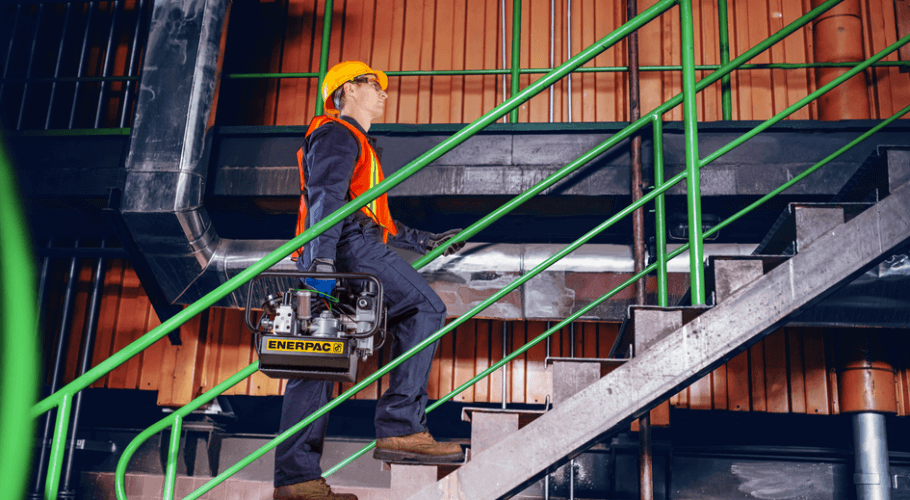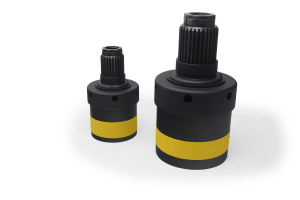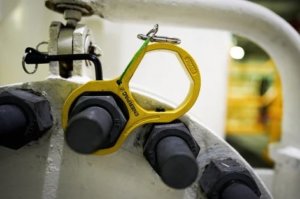
According to the Labour Force Survey for 2020/21, 441,000 working people sustained an injury at work in the UK. This equates to just under one injury every minute over the course of a year. For workers in industries such as oil & gas, power generation, and construction, the risk of injury is often significantly higher.
The significance of injuries within the workplace, for both the company and the individual, cannot be understated. The downtime on a project due to injuries within the workforce can devastate the timeline of the project, potentially pushing back the schedule by weeks or even months. The budget for the project can also be stretched to its limits by injuries onsite as well. As for the individual who is injured, they could potentially spend months away from work due to their injuries, thus suffering financially as well depending on company policy.
There are many contributing factors that increase the likelihood of an industrial injury. These include distractions, fatigue, and incompetence. Even if you are capable of avoiding these, there are still a number of issues that can arise during operations. With that in mind, we’re providing you with some top tips and breaking down some of the top products that are designed to reduce a variety of incidents.
12% of fatalities and major injuries to workers on-site happen while working at height. This is why you can find a wide variety of practical safety tools with built-in safety features provided as standard across the market.
When using any tool that features a safety tether connection point, the operator can have peace of mind that the tool is securely tethered to their body, allowing them to work stress-free, and thus reducing the likelihood of both an incident and a poorly executed job.
Areas that lie underneath working at height operations should be clearly marked with easily-visible tape with instructions present to not enter this area under any circumstances.
There are a handful of accessories available on the market that promote safety whilst working at height. Tools such as the Enerpac Safe T Torque Lock holds the torque wrench in place whilst operating, giving you an ideal hands-free option.

Fall prevention equipment can include simple measures such as barriers or railings that will prevent both the individual and the equipment they are working with from falling from heights. Harnesses and safety tethers are also extremely common on-site for those who are operating at heights.
Hand injuries often occur during tasks such as equipment maintenance, assembly line work, and bolting, where pinch points are a common hazard.
Here are some ways to avoid hand injuries:
Gloves are one of the most common pieces of PPE equipment you’ll find on a site, however, the type of gloves worn by workers will solely depend on the work they are completing. For reducing hand injuries by pinch points, cut-resistant gloves are often the most popular choice, as they can protect against cuts, punctures, and lacerations caused by getting hands caught in pinch points.

Communication is key to protecting both yourself and your co-workers whilst operating on-site. When working with others, let your co-worker know if your hands are in a safe position before starting up any equipment. This prevents any miscommunication when one operator may be ready but the other is still preparing or setting up.
Pinch points can result in very nasty hand injuries, so taking every possible precaution to eliminate the need for your hands to be near the tool during operation is vital. There are several bolting accessories available to ensure that operator’s hands are nowhere near any pinch points during operations.
One of these is the Enerpac Back-Up Spanner which eliminates the need for unsafe flogging spanners and hammers. Flogging spanners, with the assistance of a hammer, can be used for the removal of tough or ceased nuts and bolts in tight areas where conventional means of leveraging the job is not possible.
Flogging spanners are also used for tightening nuts and bolts in similar applications on mining equipment, machinery, heavy steel construction and factory maintenance. However, following serious hand and finger injuries, the use of flogging tools introduces a hazard to workers

The Back-Up Spanner is attached to the nut and then moves with the nut as it is being tightened/loosened. Additionally, the Back-Up Spanner comes with a safety tether point, allowing for ideal use when working at height as well.
Another commonly occurring incident that leads to workplace injuries, slips, trips, and falls can be mitigated by following simple safety procedures such as wearing non-slip shoes with appropriate soles. Kerbs, steps, and any steep declines in elevation should be marked clearly in bright colours to warn everyone onsite of the risk in that area.
As an Authorised Enerpac Distributor and Service Centre, HTL Group can supply a vast range of innovative tools to enhance onsite safety. In addition to this, our calibration, service, and maintenance offerings ensure that your tools are up to standard and will not further increase the risk of incidents through faulty parts.
Our training team are also on hand to provide full support to delegates wishing to enlist on courses focused on safety. You can view the full list of training courses at https://academyportal.net/#/htlgroup.